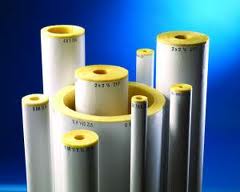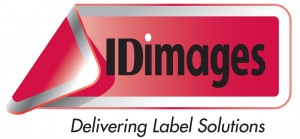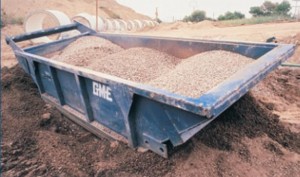 A leading manufacturer and marketer of premium-quality building insulation, commercial roofing, roof insulation, and specialty products for commercial, industrial and residential applications.was experiencing a reduction in throughput on the 800 machine. They also realized the machine was running 24/7 and not meeting production needs.
A leading manufacturer and marketer of premium-quality building insulation, commercial roofing, roof insulation, and specialty products for commercial, industrial and residential applications.was experiencing a reduction in throughput on the 800 machine. They also realized the machine was running 24/7 and not meeting production needs.
Reason for Project:
- The Client decided to hire an outside engineering consulting firm to study the reasons for the delays and identify possible solutions in order to increase throughput.
Project Deliverables:
- Created a list of delay reasons and calculated the downtime associated with each cause.
- Delivered an itemized list of ways to improve throughput.
Project Results/Benefits:
- Productivity increased: Estimated downtime reduction of 25.3% (from 34% to 8.3%)
- Capacity increased: Increased production capacity within the same footprint.
- Quality Improvement: Increased good raw material rolls resulting in a decrease of scrapped finished goods.



